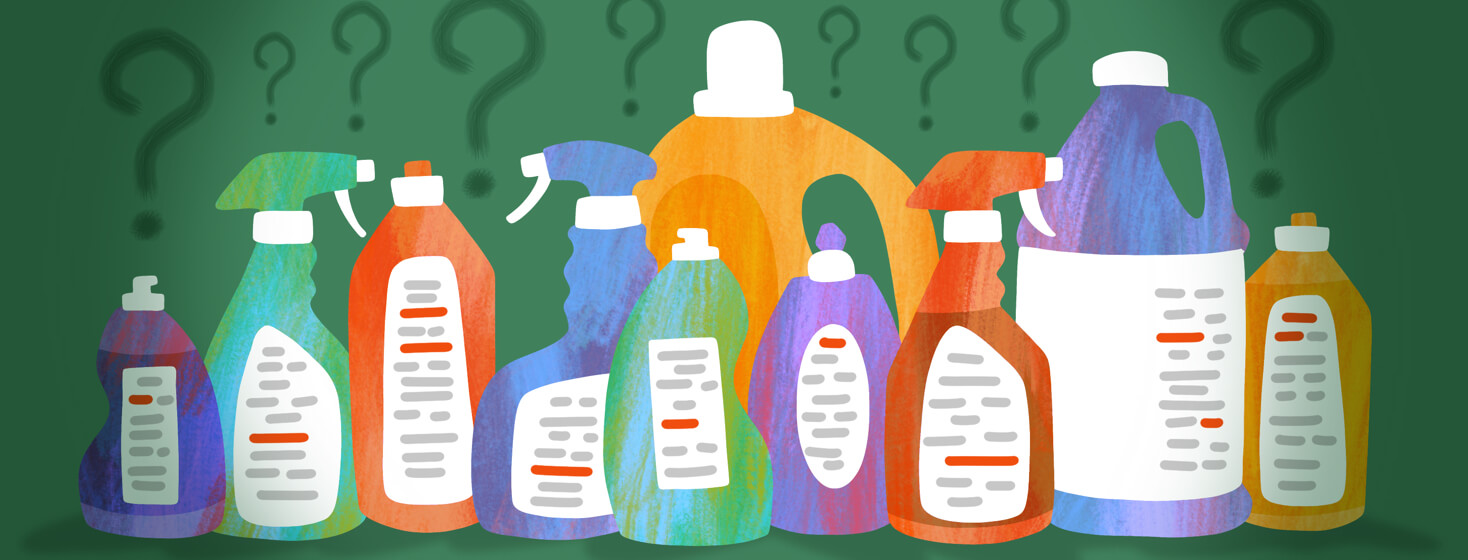CPAP Mask and Equipment Cleaners: What Is Best?
In my opinion, the absolute best cleaner for your mask and tubing is plain, mild soap and water. When it comes to cleaning your water chamber for the humidifier, same thing.
Though if you are using tap water rather than the recommended distilled water, you may want to put in a bit of vinegar in there to break up any hard water deposits. This will, of course, require you to do a really good job of rinsing repeatedly, or you will be smelling vinegar for a while. The best practice is just to use distilled water in your humidifier so you can avoid that particular smelly problem.
Safe ways to clean your CPAP
Here is a great article on best practices when it comes to water for your PAP machine. You also need to regularly wipe down the outside of the machine and change the filters so that your equipment is running in tip-top shape.
We have posted many articles in the community on how to clean your equipment, and even have a great video for you to watch.
What about other cleaners on the market?
So, what about all these other cleaners you hear advertised? You know, the sanitizers, UV lights, and such. Use of some of those devices will void your equipment's warranty. The PAP equipment manufacturers do not recommend those devices. The people who sell these devices don't mention the part about your warranty being voided.
It is always a good idea before you spend your money on something to use with your medical equipment to check out if the equipment is safe, approved by the FDA, and if your equipment manufacturer approves of the use of the item.
Ozone gas and UV lighting are not FDA-approved
Many consumers are unaware that at this time, the use of ozone gas or UV light has not been approved or cleared by the FDA. The FDA has not determined if these devices work to clean and disinfect your PAP equipment from germs/allergens nor if they are safe to use.1,2
Instead, there is concern from the FDA that users may experience unexpected asthma attacks, headaches, shortness of breath, and a decreased ability to fight off lung infections as part of some of the potential side effects.1,2
Personally, I would be concerned for anyone who has pre-existing lung diseases who uses these devices when you consider it is being used on medical equipment that is directly related to helping you breathe.
Class-action lawsuit filed against SoClean, Inc.
One device manufacturer, SoClean, Inc., had a class-action lawsuit filed against on Sept 7, 2021, in the state of Mississippi. The lawsuit complaint deals with the fact that SoClean misleads consumers into believing that the devices use a benign form of oxygen to clean with rather than a harsh gas that should only be used in highly controlled commercial sanitation. The lawsuit also claims that the ozone generated by SoClean exceeds the FDA's safety levels. (As much as 560 times the FDA's limit.)3
Moreover, there is a suggestion on the part of SoClean that their cleaning device is using the same process as a hospital sanitizing device without making it clear that hospitals cannot and do not use such devices in spaces occupied by patients.
From my time working in hospitals, I suspect that protective equipment is being worn by hospital personnel when working with such sanitizing equipment.
Make an informed decision about cleaning your CPAP
There is no denying that these devices are easy and convenient. I also know that a lot of people absolutely love them, swear by them, and have not expressed any issues with them. But I do believe it is important that people make an informed decision when using ancillary equipment instead of following the manufacturer's recommended guidelines to clean their medical devices.
Part of the basis of Mississippi's suit against SoClean alleges that customers may have chosen not to purchase the device had they known it generates an unsafe level of harsh gases and all the potential side effects from its use.
How this is unrelated to the Philips PAP recall
All that said, let me be clear on one thing, the Phillp's recall of PAP machines was due to the design's use of a particular foam for noise reduction. That is an entirely separate issue from what I am talking about here, which is the cleaning of equipment.
For me, I am just going to stick to cleaning my equipment the old-fashioned way by hand. It's tried and true.

Join the conversation